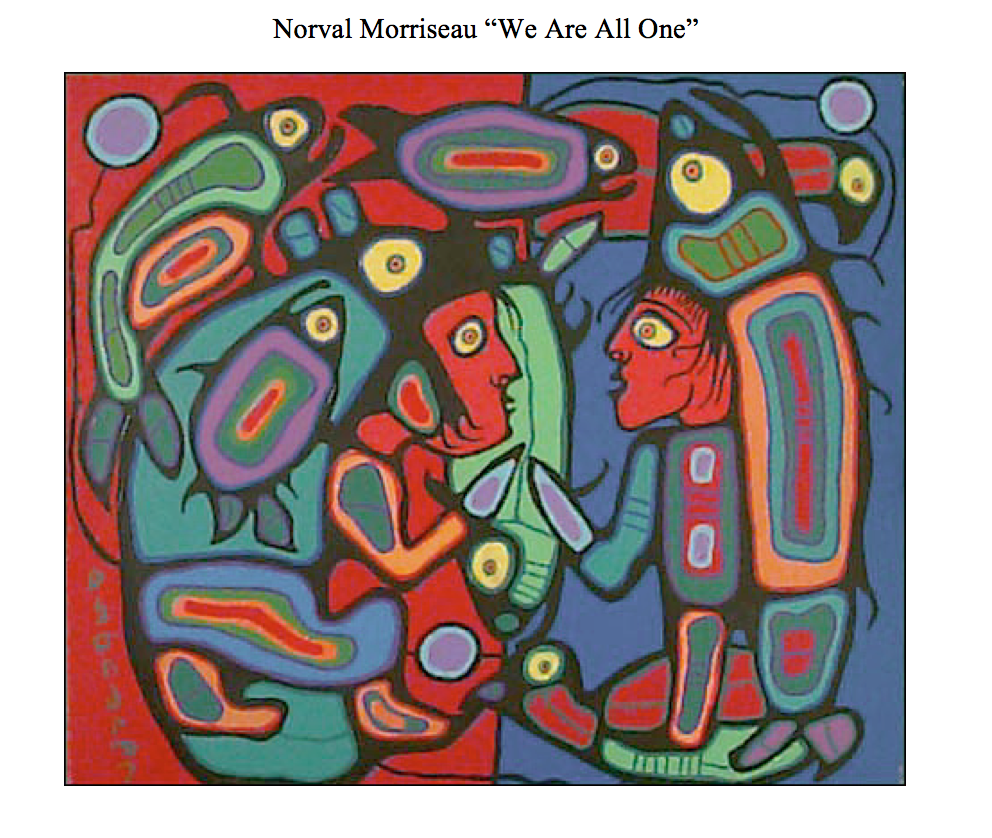Add your thinking about Canadians and tolerance.
Jigsaw is a cooperative learning strategy. We’ll give it a go today.
Person A: Read pages 1-5 (inclusive)
Person B: Read pages 6-9 (inclusive)
Person C: Read pages 10-13 (inclusive)
Person D: Read pages 14-18 (up to the Correction)
All students may read the comments on pages 18 and 19 (online) if they are waiting for other group members.
Students will…
- Independently, select two to three statements from their section and complete an “I read, I think, Therefore” –print or electronic–your choice. If you choose print, please do not be bound by the constraints of the page.
- Share their responses orally with their expert group (other students who have read the same section)… Add any additional notes
- Share a summary of their section with their home group (students who have read a different section)
We also need to create the questions that will support the conversation with St. Robert CHS.
Based on what we have read, discussed and questioned, what questions do you want to pose to the TOK class? Some of the questions might be general in nature, others will be closer to the content of the inquiry.
Here is a list of questions that another class sent us a few years ago. Both classes had viewed the 8th Fire, which you will view tomorrow, and both had read The Rez Sisters. The hangout was a conversation about stereotypes.
We will recieve a list of questions from St. Robert, and we need to generate a list of questions to send to them. Both classes will then vet the questions and return the edited list by Thursday night. Friday we have the conversation.
Each table open one document and create your questions. Share the document to me via the Assignment Submission page. I will merge all the questions to one documnet and share it with Ms. Loffredi.


